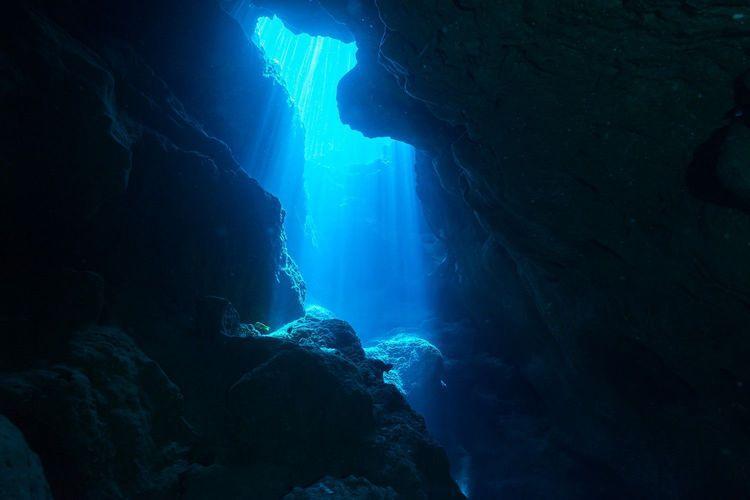
Scientists Discover 332 Massive Canyons Beneath Antarctic Ice
In a groundbreaking discovery, scientists from the University of Barcelona and University College Cork have uncovered a hidden network of 332 massive submarine canyons beneath the Antarctic ice sheet. The discovery was made using high-resolution mapping techniques, revealing underwater valleys that stretch for hundreds of kilometers and plunge as deep as 4,000 meters.
These underwater canyons, shaped by the relentless forces of glacial erosion and powerful sediment flows, play a vital role in transporting nutrients and driving ocean currents. The discovery of this vast network of canyons has significant implications for our understanding of the Earth’s climate and the delicate balance of the Antarctic ecosystem.
The research team, led by Dr. Maria Rodriguez from the University of Barcelona, used advanced mapping techniques to create a detailed map of the seafloor beneath the Antarctic ice sheet. The team employed a combination of sonar, radar, and satellite imaging to gather data on the shape and depth of the canyons.
The results of the study are nothing short of astonishing. The team discovered 332 massive canyons, stretching for a total distance of over 12,000 kilometers. The canyons are located in the Southern Ocean, which surrounds Antarctica, and are thought to have been carved out over millions of years by the relentless movement of glaciers.
The canyons are not just impressive in terms of their size, but also in terms of their shape and structure. The team found that the canyons have a distinctive “V” shape, with steep sides and a flat bottom. This shape is characteristic of canyons that have been carved out by the flow of sediment-rich water.
The discovery of these canyons has significant implications for our understanding of the Antarctic ecosystem. The canyons provide a vital pathway for nutrients to reach the ocean floor, which is essential for the growth of phytoplankton and other marine life. The canyons also play a critical role in driving ocean currents, which help to regulate the global climate.
The discovery of the canyons is also significant in terms of its potential impact on climate change. The Antarctic ice sheet is a key component of the global climate system, and any changes to the ice sheet can have significant effects on global sea levels and ocean currents. The discovery of the canyons provides new insights into the processes that shape the Antarctic ice sheet and the role that it plays in the global climate system.
In conclusion, the discovery of 332 massive canyons beneath the Antarctic ice sheet is a major breakthrough in our understanding of the Earth’s climate and the Antarctic ecosystem. The canyons provide a vital pathway for nutrients and play a critical role in driving ocean currents. The discovery of these canyons has significant implications for our understanding of the Antarctic ice sheet and its role in the global climate system.
Source:
https://www.sciencedaily.com/releases/2025/08/250809100910.htm






